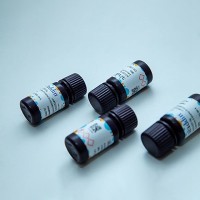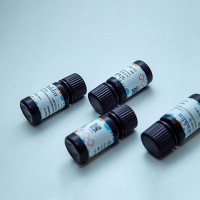Quantitative Analysis of RNA Species by Polymerase Chain Reaction and Solid-Phase Minisequencing
Methods allowing sensitive and accurate quantitative analysis of defined RNA species are required in a wide variety of gene expression studies. Unlike the traditional hybridization methods, RNase protection or SI nuclease assays, the methods based on reverse transcription (RT) and polymerase chain reaction (PCR) provide an essentially unlimited sensitivity of detection. A drawback of the PCR-based methods is, however, that they do not allow direct quantification of a sequence present in a sample, because the efficiency of the PCR depends on the amount of the template sequence, and the amplification is exponential only at low concentrations of the template (1 ). Due to this “plateau effect” of the PCR, the amount of the amplification product does not reflect directly the original amount of the template. Moreover, subtle differences in the reaction conditions may cause significant sample-to-sample variation in the final yield of the PCR. The efficiency of amplification is also affected by the sequence of the PCR primers, as well as the size and, to some extent, the sequence of the PCR product. For these reasons a prerequisite for an accurate quantitative PCR analysis is that an internal standard is coamplified in the same reaction with the target sequence. The standard sequence should be as similar to the target sequence as possible to ensure that the target-to-standard ratio remains constant throughout the amplification. An ideal PCR standard differs from the target sequence only at one nucleotide position, by which the two sequences can be identified and quantified after the amplification. For quantification of RNA the optimal internal standard is RNA, to be able to control not only the efficiency of the PCR, but also that of the cDNA synthesis.
![预览]()






